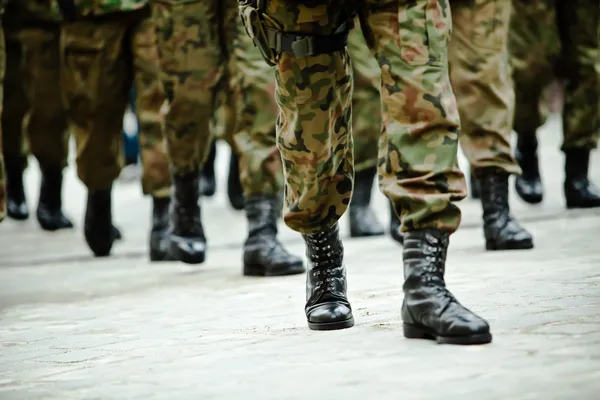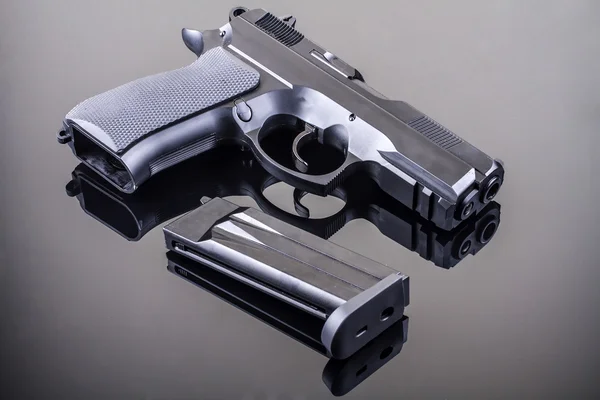
General George S. Patton Jr. remains one of history’s greatest and most controversial warriors, not just famous for his bold battle strategies but also for his larger-than-life personality. One aspect of the persona that he created was his legend-in-his-own-time sidearms a pair of pistols whose ivory and stag horn handles were as legendary as his rapid-fire sarcasm and unflinching command.
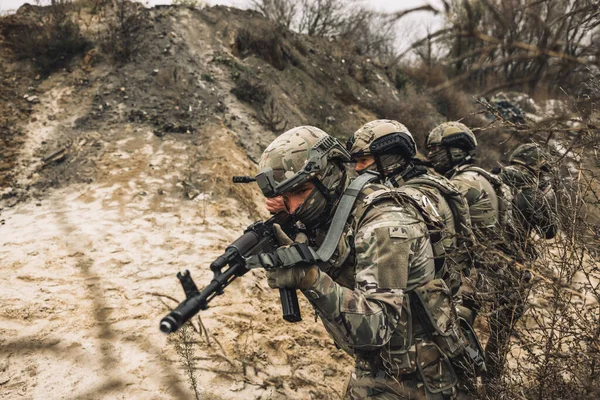
These were not just weapons of war; they were symbols of power, determination, and the savage will of the person wielding them.
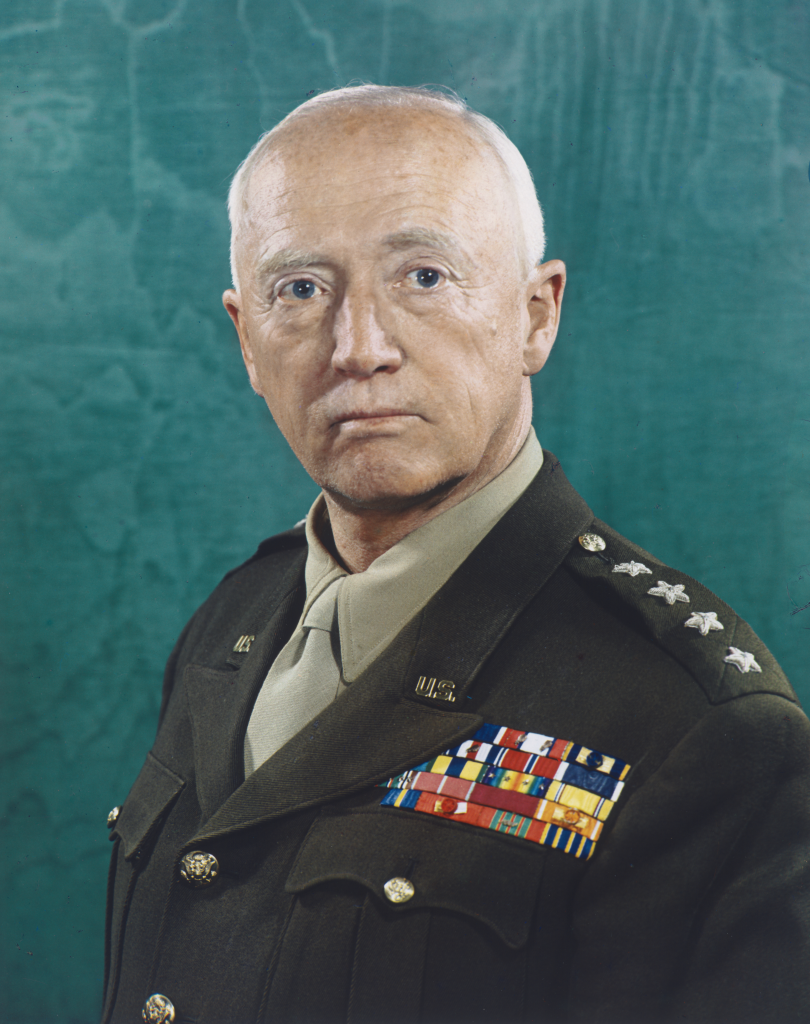
1. An Auction That Revived History
In recent history, one of Patton’s mythic revolvers a Colt .45 Model 1873 single-action revolver made headlines when it brought in a record price of $75,000 at auction. The stag horn-gripped revolver generated talks among historians and gun enthusiasts. The sale generated a fresh wave of interest in the mythic guns Patton carried and their history, linking past with present and allowing a new generation to identify with the legend.
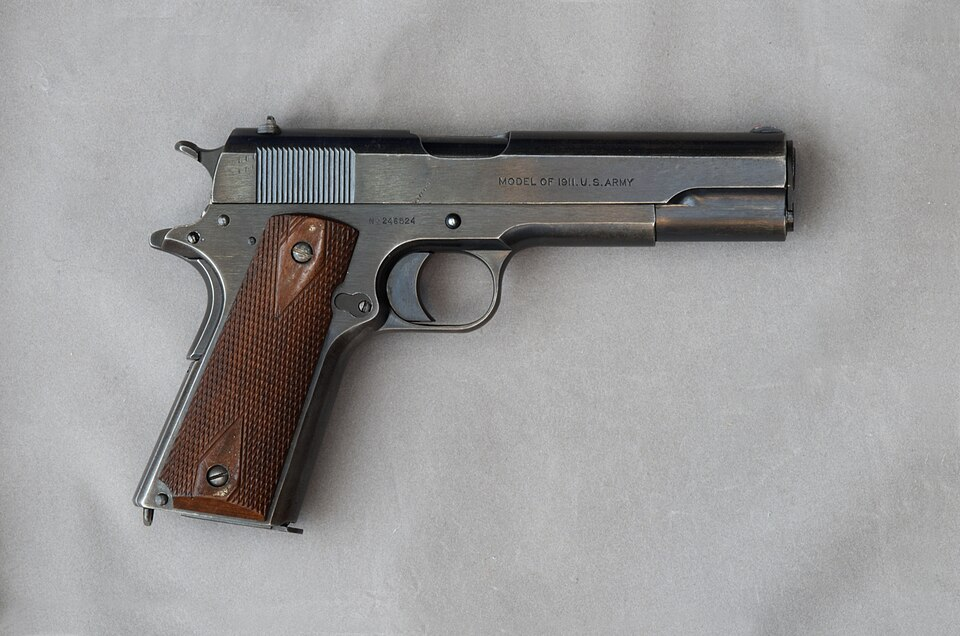
2. Roots of the Warrior’s Sidearm
Patton’s connection with the Colt .45 began during his formative years as an officer. In 1916, during service with the Punitive Expedition into Mexico, he famously carried this pistol into his first combat action at Rancho San Miguelito. That fight was not only his baptism of fire but the start of a lifelong reliance on sidearms as practical aids and personal symbols of control.
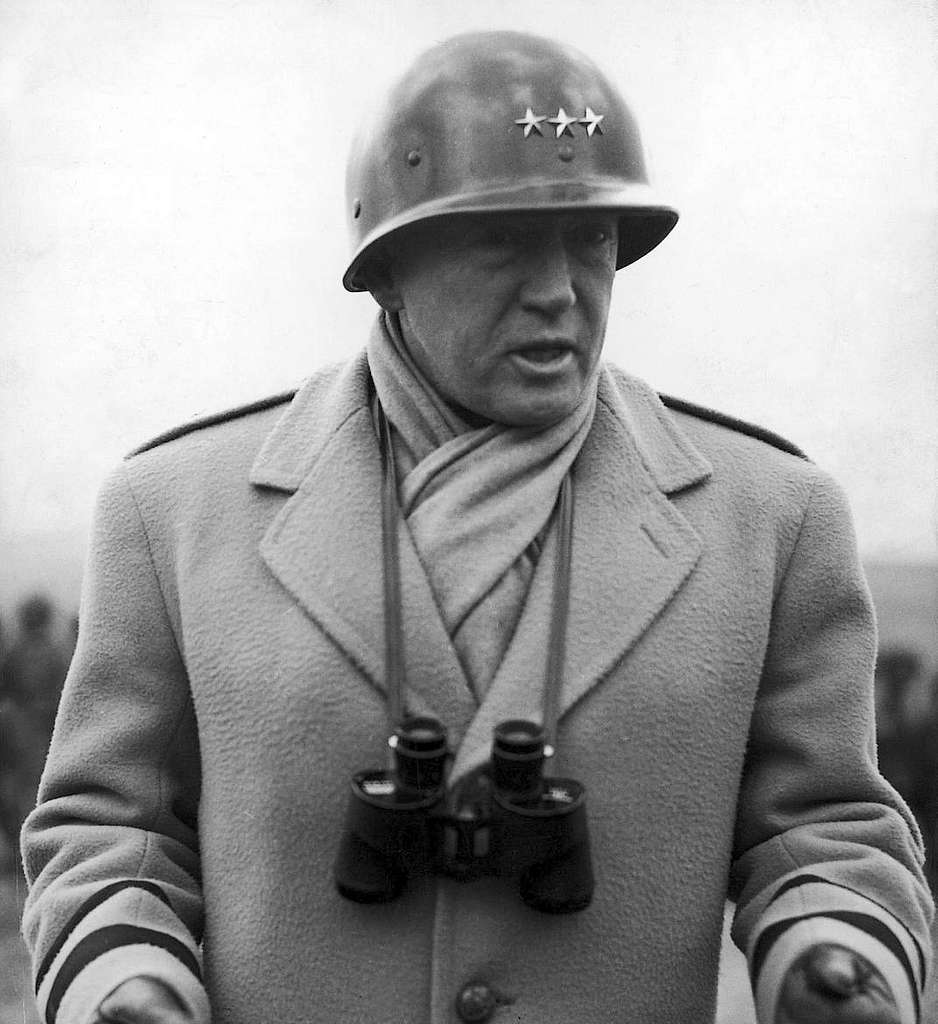
3. More than Just Weapons
To Patton, his sidearms were never mere instruments of death; they were extensions of his philosophy and command approach. The ivory grips gleamed in sunlight as a statement of self-assurance, the specially notched handles attesting to his combat experience. Troops saw them as a reassuring indicator that their commander was willing to fight with them, while the enemy often viewed them as an omen of his ruthless tenacity.
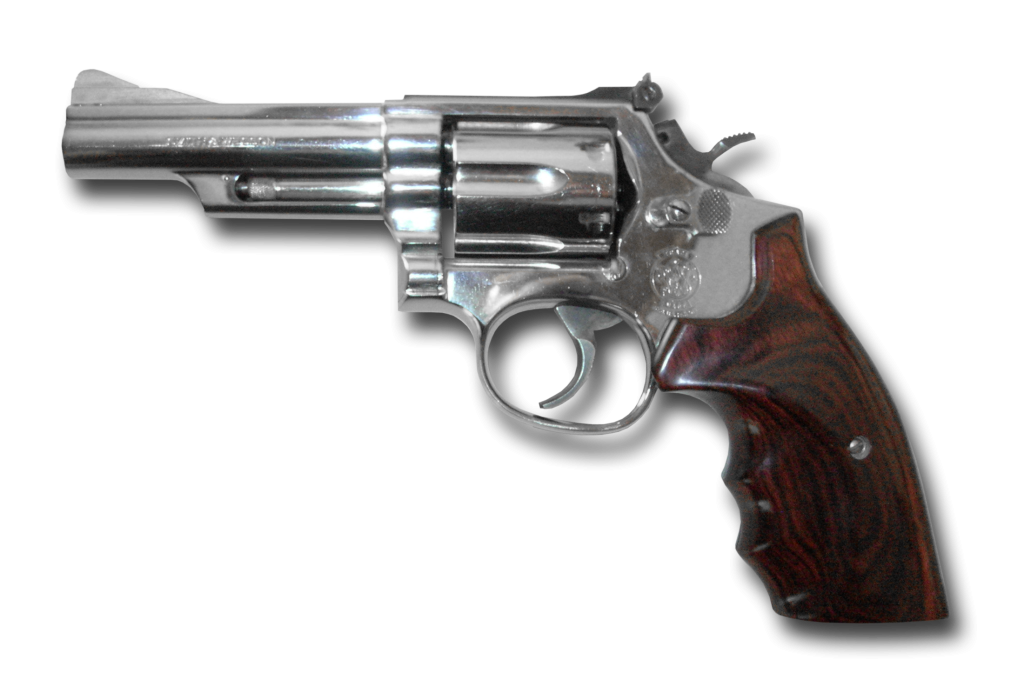
4. The Twin Legacy: Colt .45 and .357 Magnum
Though the ivory-handled Colt .45 is most famously associated with Patton, his collection contained more than one firearm. His other famous sidearm, the .357 Magnum Smith & Wesson, Patton also referred to as his “killing gun.” These two firearms were worn side by side on a special Sam Myers-designed belt, making for a fearsome look that has become a lasting element of World War II imagery.
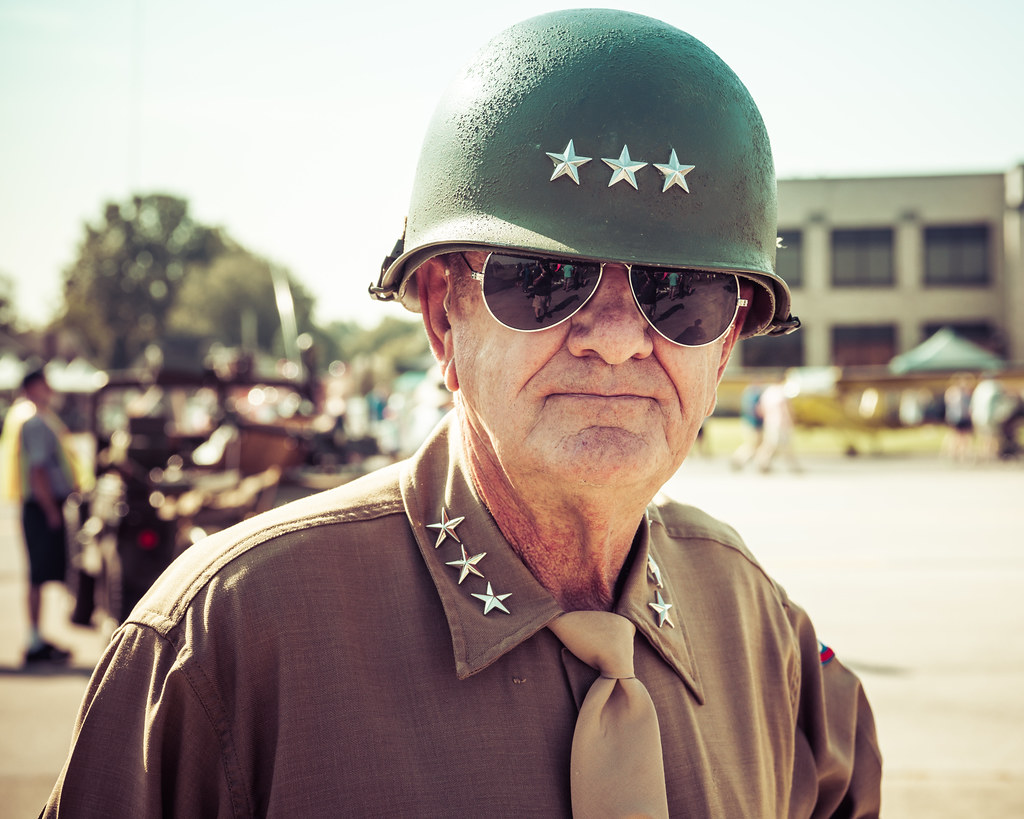
5. A Calculated Image of Power
Patton was a master of presentation, and the choice of sidearms reflected a nice sense of psychological warfare. The smooth stocks, the twin holsters, and the aggressive way he wore them gave an impression of readiness. His soldiers were inspired by his measured attitude, but his opponents would see it as a sign of arbitrary cruelty.
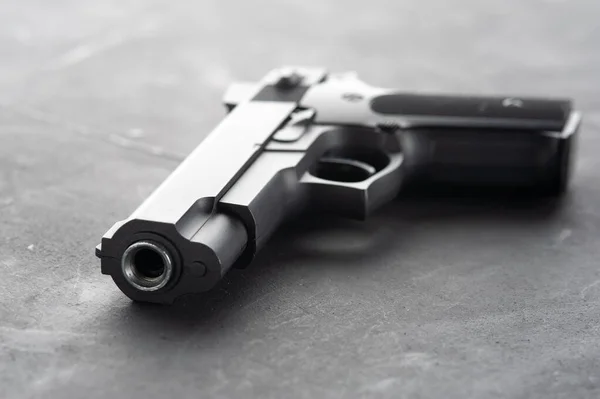
6. Influence on Combat Doctrine
Apart from the appearance, Patton valued pistols for their practical use. He was a proponent of their use at close range and believed that slow and deliberate individual marksmanship was able to disperse chaotic fighting. His emphasis on small arms influenced training and field discipline, making sidearms symbols but also functional tools in his concept of mechanical warfare.
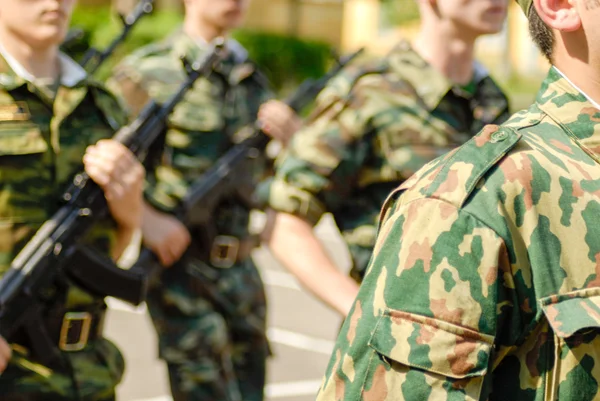
7. Durable Symbolism in Military History
Patton’s pistols today are reminders of a bygone era, kept locked away in museums and collector archives as symbols of a general both brutal and cultured. Locked behind glass or auctioned off to private collectors, the pistols are a testament to a commander who knew the strength of symbolism and wielded them as skillfully as he did any gun in his battery.
